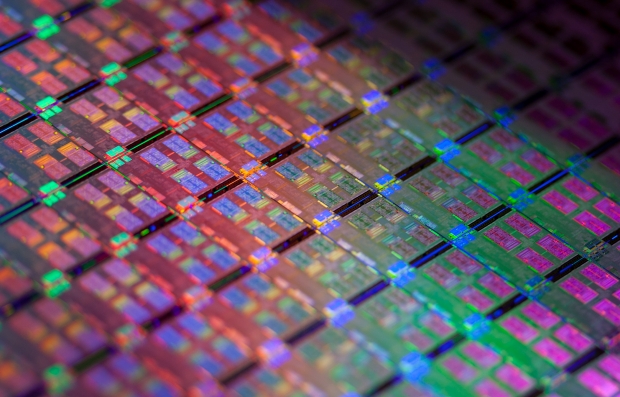Motley Fool’s Ashraf Eassa noticed that Chipzilla had changed a job advert looking for a processor designer to work in the company's relatively new Microarchitecture Research Lab located in Bangalore, India.
This processor designer's job would be to join a team of engineers to "spearhead the research and advanced development" of both processor cores and graphics processors intended to arrive in the "2020 and beyond timeframe" and would use Intel's "futuristic" 7-nanometer manufacturing technology.
Chipzilla updated the advert recently and amongst the changes in the advert was the 2020 date which has been jacked up to 2022. Now the advert says:
“ The India Lab specifically, in collaboration with MRL-US and Intel product architecture teams worldwide, will spearhead the research and advanced development of Microprocessor Cores in the 2022 and beyond timeframe. By conceiving of and prototyping radical approaches, the Lab will aim to deliver much greater CPU power and area efficiency while still delivering industry-leading performance. The microarchitecture and design of these advanced CPUs will be aggressively co-optimized with Intel's sub-10nm technology nodes deep into the next decade.”
This would mean that Intel is expected to go into manufacturing on its first 10-nanometer products during the second half of 2017. This should become available in January 2018.
Chipzilla wants three waves of 10-nanometer technology: 10-nanometer, 10-nanometer+, and 10-nanometer++. So this means that the first 10-nanometer++ products will arrive in January 2020.
This would make the first 7-nanometer products appearing in January 2021 unless Intel is planning something clever to keep 10 nm enhanced for another year or so. It could also mean that it can see problems looming at the jump in technology.




